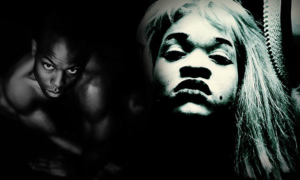
Harris searched through over 20,000 pictures to construct “Through a Lens Darkly.” The photos expose images such as the raised scars on an enslaved man’s whipped back, pamphlets advertising Black children as alligator bait, and the battered face of Emmett Till, the 14-year-old who was beaten to death in Mississippi in 1955. These photos run alongside the lighter side of the Black experience, including images of uniformed Civil War soldiers, park strolls, parasols, businessmen, legislators, houses of middle-class prosperity.
There is a “war of images within the American family album,” Harris says in the film. In an interview, he brought light to the “double consciousness” of expectation and identity that African Americans, namely Black men, are faced with.
“Every negro boy and every negro girl born in this country until this present moment,” the film quoted writer James Baldwin saying in 1963, “undergo the agony of trying to find in the body politic, in the body social … some image of himself or herself which is not demeaning.”
This isn’t Harris’ first foray into the world of racial documentaries. Raised in New York and Tanzania, the filmmaker has a number of films under his belt, most notably the award-winning documentary “Twelve Disciples of Nelson Mandela,” which followed the life of his stepfather and other South Africans who fled apartheid.
It was important for Harris to use photos from Black photographers in his film to go alongside those of oppression.
“Black photographers gave us a different image of ourselves, and those images became a sanctuary. This is who we are,” Harris told the LA Times. “We might be powerless to change the outside images against us, but we can change those images within our space.”


